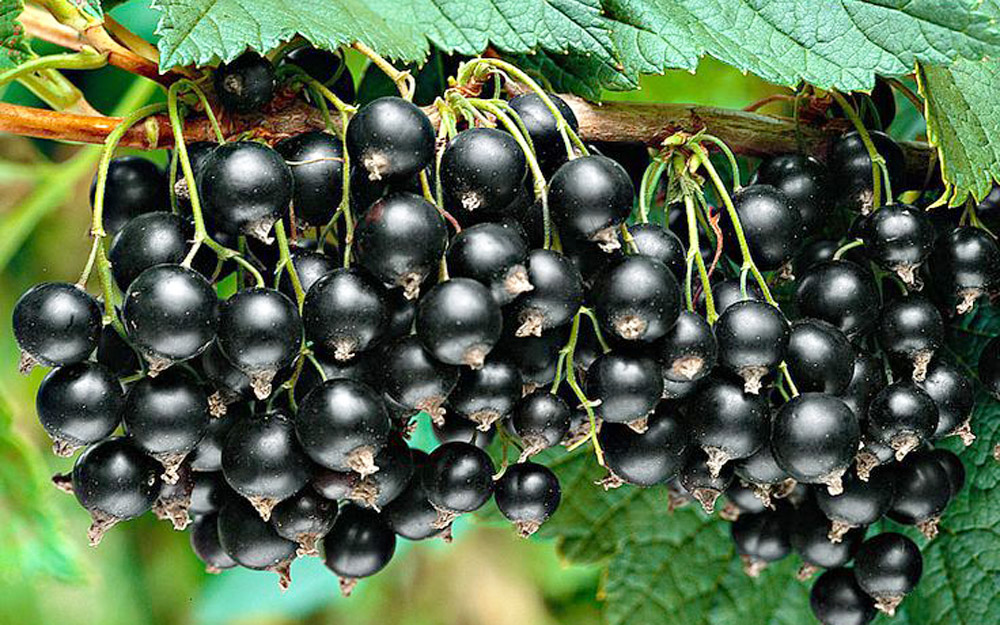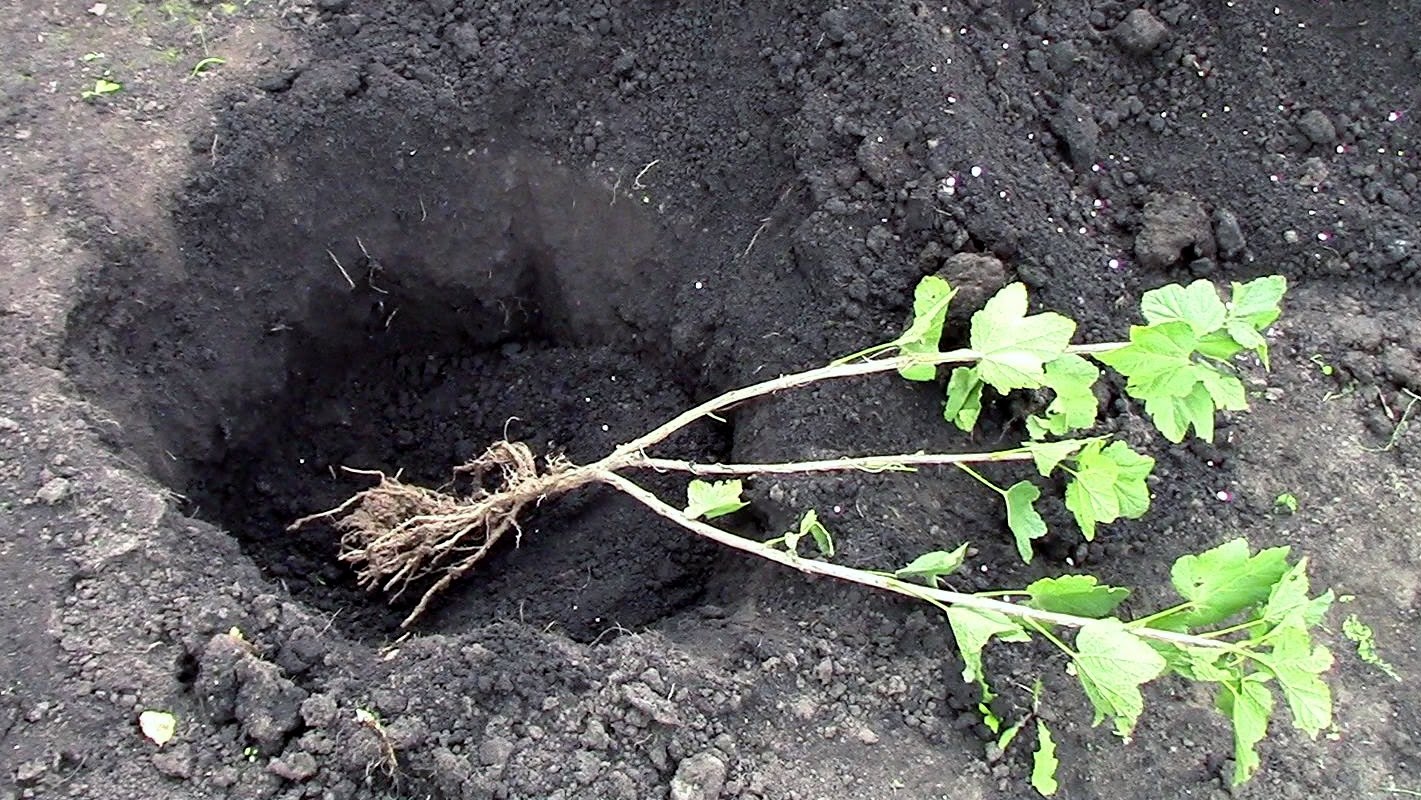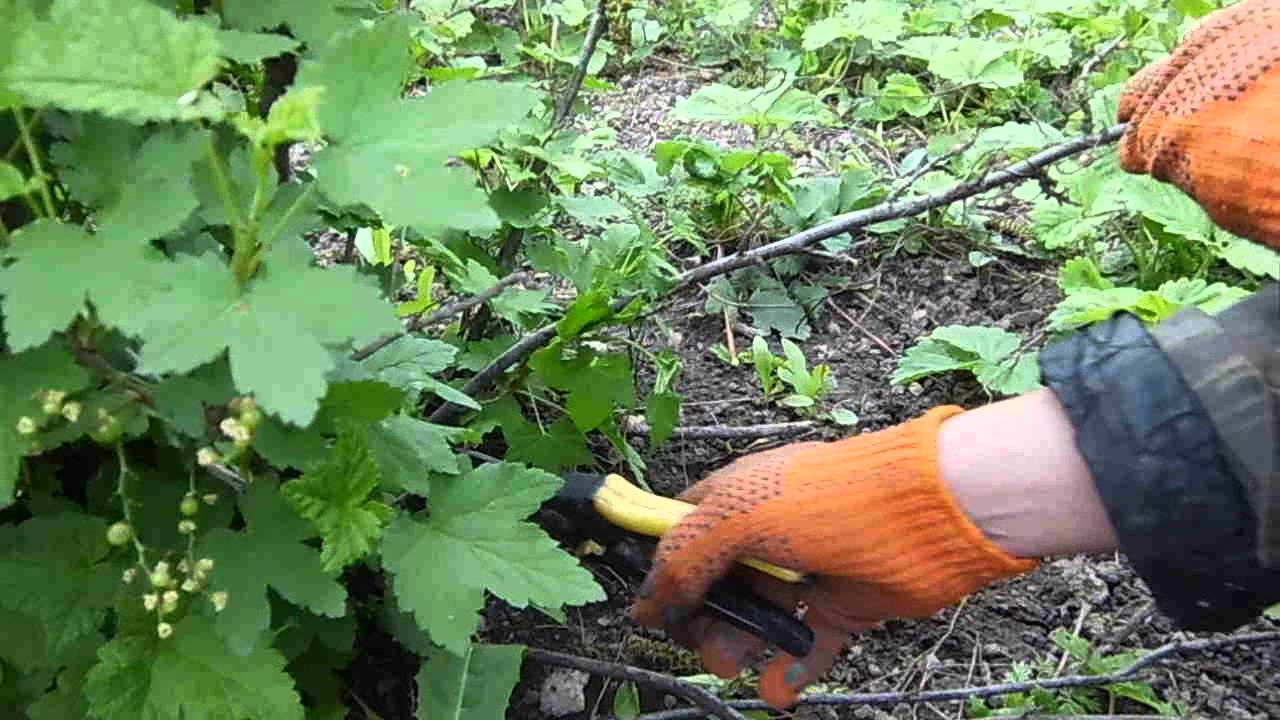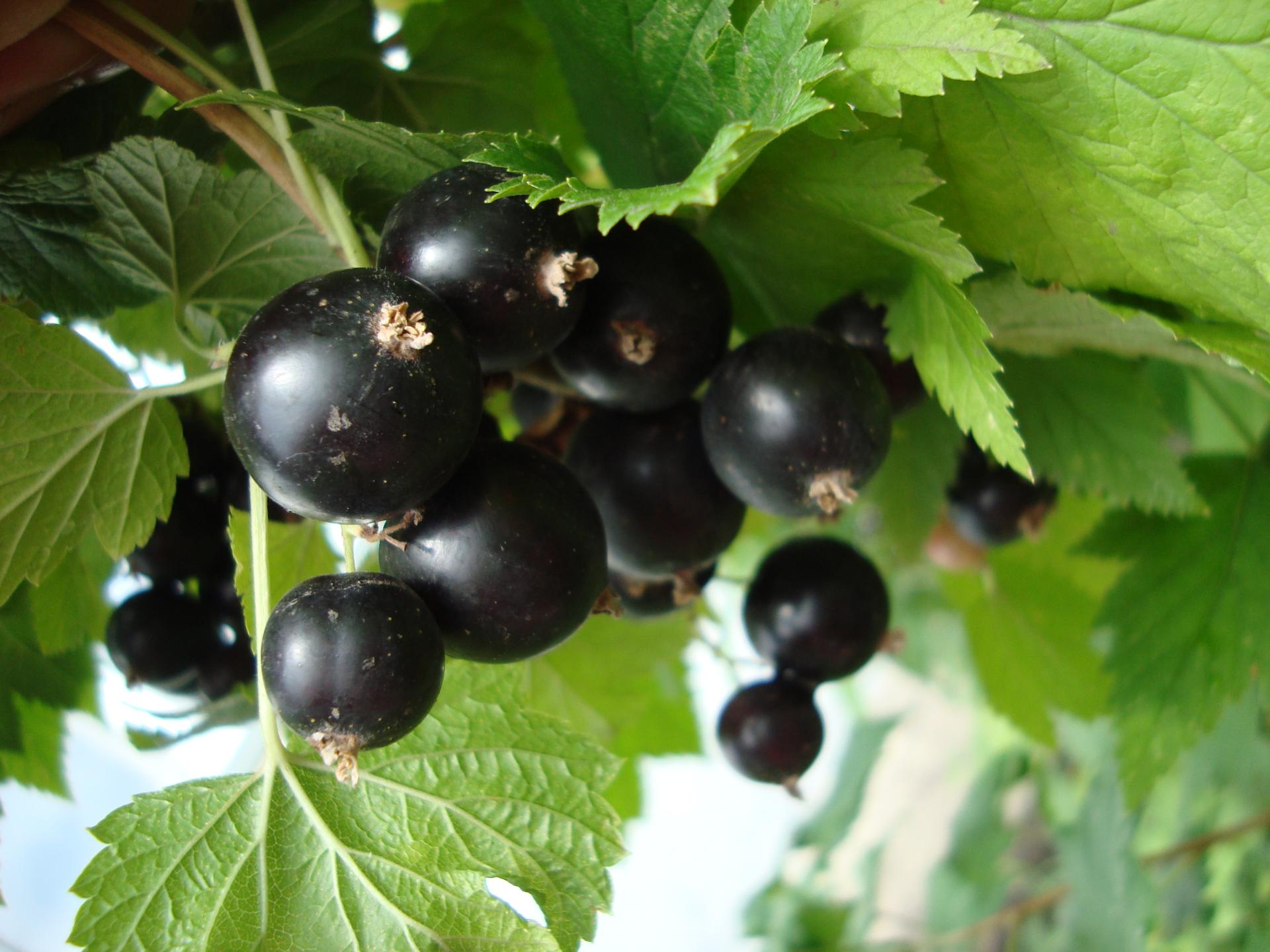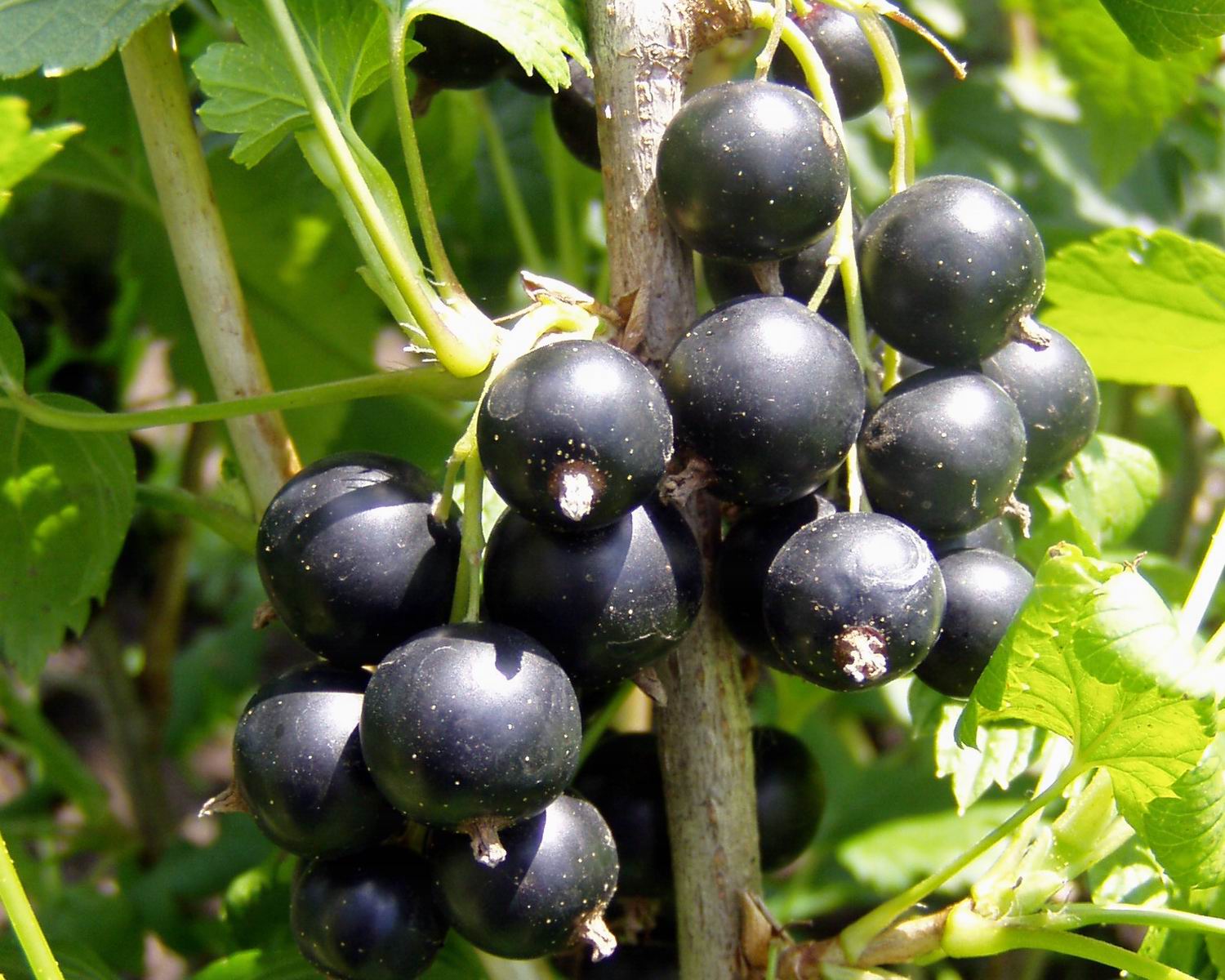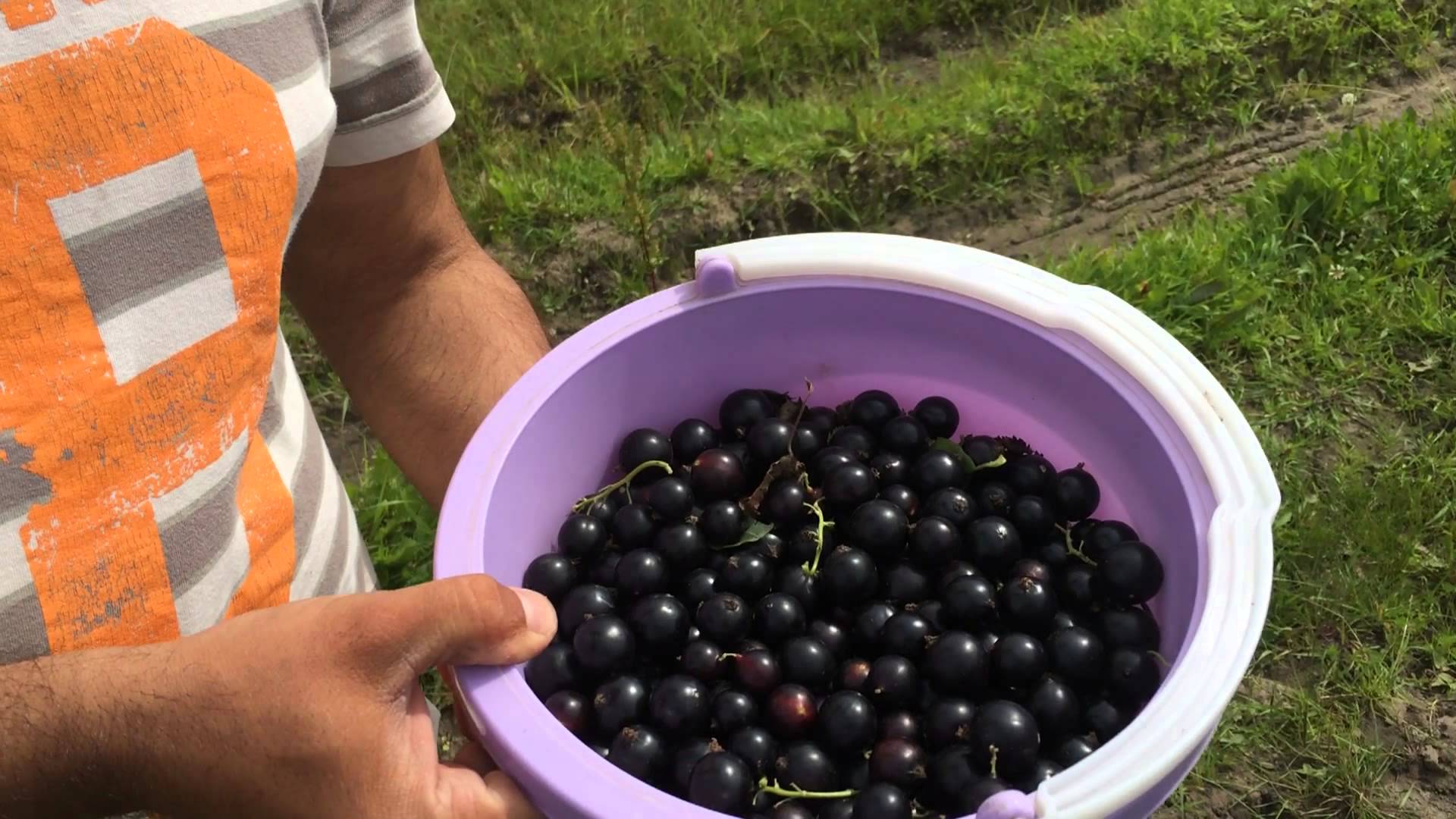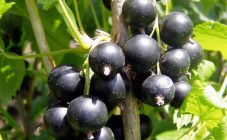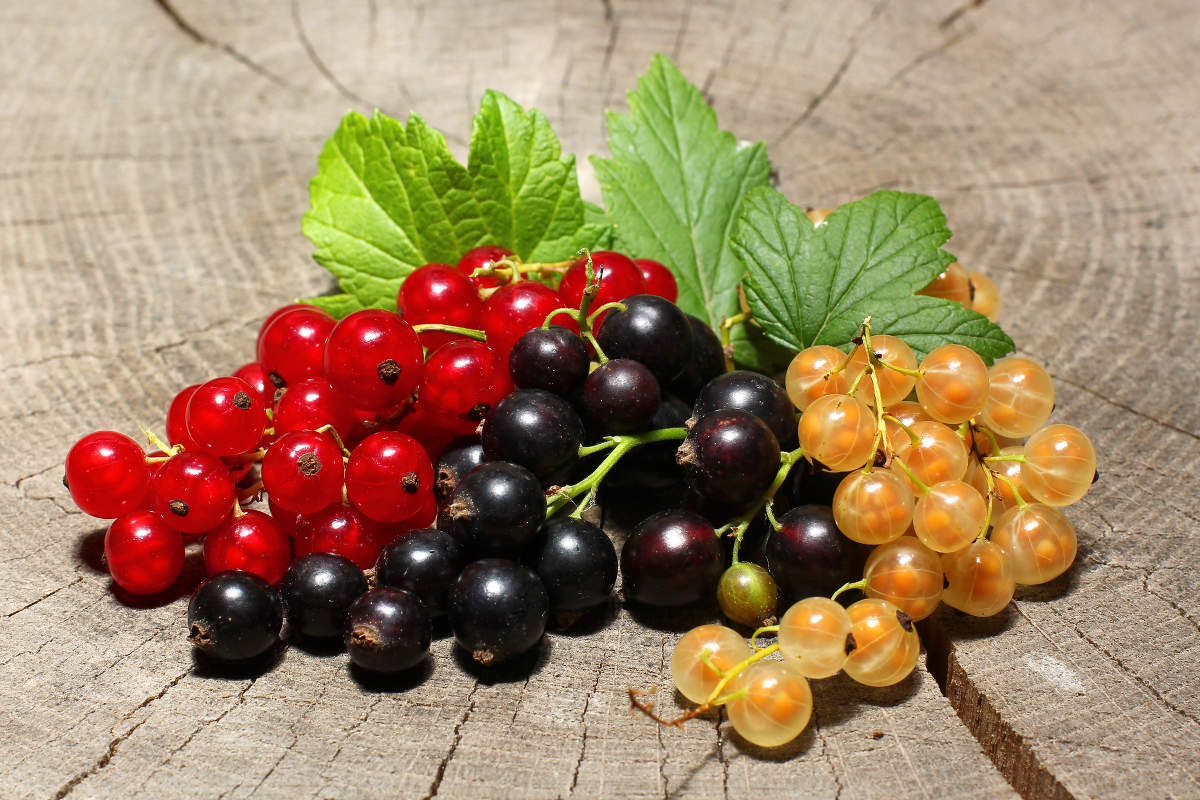Content:
The Mermaid currant variety was created at the South Ural Scientific Research Institute under the guidance of the talented scientist and breeder V.S. Ilyin, the author of more than eighty varieties of black and red currants. The basis of this species was the crossing of two varieties: Bradthorpe and Sevyanets Golubka. For almost a decade, the Rusalka variety was on trial and only in 2004 was it included in the State Register of Breeding Achievements.
The history of the emergence of black currant goes deep into oblivion. In Russia, currants were bred in the 11th century in monasteries, the bright taste of wild currants should somehow brighten up the poor food of the monks, currant was an incredible delicacy at that time. It is a well-known fact that the Moskva River was called Smorodinovka, while many bushes of red and black currants grew along the banks of the river, which were subsequently transplanted into the princely gardens.
Black currant has long been famous for its storehouse of vitamins, for example, in terms of vitamin C content it surpasses citrus fruits and strawberries by 4-5 times, gooseberries - 10 times, and cherries and plums - 30 times. Doctors recommend a daily intake of berries for an adult - about 50-70 g, this is somewhere in a handful, while raspberries need to be eaten about 300 g to get the same portion of vitamins and minerals.
It is known that currants have a high content of vitamin P, which helps to strengthen the walls of blood vessels, and also normalizes blood pressure in hypertension. It is often used as a prophylactic agent for some forms of this disease.
Currant Little Mermaid variety description
The black currant variety Mermaid is quite high-yielding, with careful collection it reaches 2-4 kg from one bush, according to gardeners, in a fertile year the yield reaches 6 kg. The main characteristic and advantage of this variety are the berries: round, black, rather large, weighing from 4 to 7 g, the skin is thin, easily bursts when pressed or dropped. The taste is dessert, sweet and sour, the berries are suitable for various types of thermal processing, and for fresh consumption.
Frost resistance of currant Little Mermaid
The advantage of this variety is its endurance of various kinds of temperatures, the currant tolerates hot dry weather and frosts well, does not require certain care and shelter in frost.
Planting and caring for currants
- It is best to plant currants in the fall, in the second half of October. Gardeners recommend choosing seedlings that are suitable for the area in which the bush will grow.It is better to stop your choice on a two-year-old seedling, which has at least three skeletal roots. Currants are a light-loving plant, so it is better to plant bushes in sunny areas, at a distance of at least 1.5-2 meters from each other. It is advisable to prepare holes for seedlings in advance, filling each humus, superphosphate and potassium sulfate in equal amounts, before planting it is better to wait a week or two so that the earth settles a little. After planting, the bush must be cut 10-15 cm from the ground for better rooting;
- Watering. Do not forget that currant is a rather moisture-loving plant, therefore, during the period of ovary formation and flowering, especially in dry weather, the plant should be watered, it is best to do this in the morning. Watering is not necessary often, every 10-12 days. Usually 4-5 buckets of water are enough for the plant to moisturize. After watering, the ground between the bushes should be loosened a little; you should not touch the soil under the bush itself, so as not to damage the roots;
- Formation of ovaries. The flowering period of black currant begins in mid-May. At this time of the year, in some regions of our country, night frosts are frequent, which can lead to the dropping of buds. If such a nuisance occurs, many experienced gardeners recommend ways to attract insects to pollinate new ovaries. This can be spraying the bushes with bee honey diluted in water or planting helper plants, such as the herb "Medunitsa" or "Catnip", as well as tulips or daffodils among the currant bushes;
- The location of the bushes when planting. Many gardeners recommend planting currants along fences, but experience shows that you need to retreat about 1.5 meters from the fence for sufficient air circulation. Also, when planting, it is recommended to leave at least a meter between the currant bushes, otherwise the plants will shade each other, and it will be inconvenient to take care of the bushes;
- Pruning and shaping currant bushes. Experience shows that with proper pruning of the bush, the yield of the plant increases significantly. A large number of berries are formed on young one - and two-year shoots. At the end of the season, before frosts, and in early spring, you should inspect the bush and remove branches that have dried or frozen over the winter. To stimulate the growth of a young shrub in seedlings, it is necessary to pinch the extreme buds for the growth of lateral shoots. Brown and dark brown branches are old shoots, they give the least yield, the ovaries on them are dried, the buds are poorly developed. Such branches must be cut close to the ground, as pests can start in the long old branches, from which the plant may die in the future. Ideally, for a bountiful harvest, no more than twenty young branches should remain in the bush;
- Disease and pest control. Blackcurrant Mermaid is also known for its resistance to powdery mildew. However, there are times when this variety needs help. For prevention, it is necessary to periodically inspect the bushes for the presence of parasites. If damaged leaves or twigs are found, they must be removed immediately. The twigs must be burned, and the plant must be watered abundantly. An effective tool for fighting parasites is Bordeaux fluid.
- Top dressing of black currant Mermaid. Fertilizing a plant is an important link in obtaining a bountiful harvest. So, in the spring, after the first buds bloom, the currants begin to be fed with urea or ammonium nitrate at the rate of about 10 liters per bush. In the fall, it will be useful to add several kilograms of compost under the bush, 4-5 is enough, 1 st. a spoonful of potassium sulfate, 2 tbsp. tablespoons of superphosphate.
The peel of potatoes is harvested for the winter, dried, and a nutrient solution is prepared from it in the spring.The peel of a banana is also useful for the currant bush; it is usually crushed and buried under the bush. It will be useful when feeding bird droppings or mullein. Top dressing must be infused for a week, while diluting with water. You need to make grooves to the bush and gradually pour the infusion through them: mullein - about 1 liter per bush, and 0.5 liter of bird droppings is enough.
Externally healthy shrubs must also be treated for diseases and pests, especially after harvest. To protect against fungus, it will not be superfluous to treat with a solution of "Bordeaux liquid", a concentration of 1% is sufficient.
Advantages and disadvantages of the variety
Unlike black currants, red currants do not tolerate dry weather, therefore, in the southern regions with increased drought, this type of currant often requires abundant watering. One of the significant disadvantages of the mermaid blackcurrant is the loss of buds during the flowering period, this can happen during seasonal temperature drops.
Currently, scientists have succeeded in breeding seedless black and seedless red currants. Seedless black currant is distinguished by increased resistance to parasites such as kidney mites, aphids, as well as to various types of diseases: septoria, powdery mildew, anthracnose.
The seedless currant has rather large berries, the aroma is quite pleasant, the taste is sweet and sour. The next variety of currants is a variety of seedless currants - golden.
Initially, in the middle of the last century, this type of currant was used exclusively for landscaping and the formation of a forest strip, in those places where it is quite difficult for trees to take root, which cannot be said about the golden variety. The variety is unpretentious, does not require maintenance, can grow in various kinds of soils, drought, and frost-resistant. Berries of the variety are golden in various shades: from purple-brown to yellow. The variety is abundantly fruiting. The berry is seedless, barren flowers are extremely rare. In the presence of vitamin C, golden is inferior to black, but no worse than the variety of seedless red currants. The golden variety blooms quite early - in May-June, blooms profusely, with bright yellow flowers, is often used as an ornamental shrub.
Even the most unpretentious variety of currants requires little, but still, care. Show a minimum of effort, and the Mermaid currant will repay you with a wonderful harvest.
